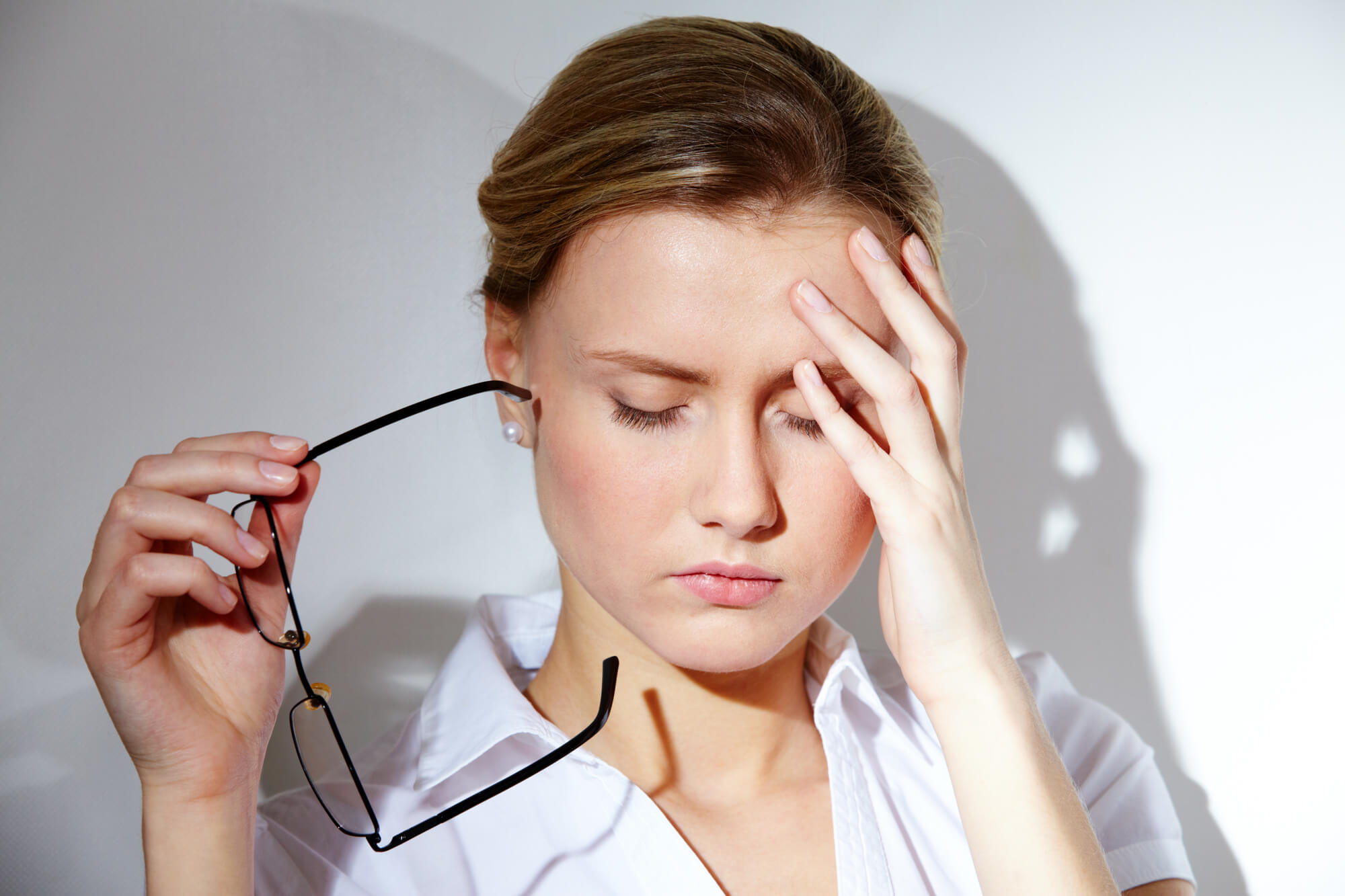
Migraine attacks are no joke. Even if you suffer chronic migraines and use lifestyle choices and preventative medication, you can still suffer an attack that requires abortive treatment.
Abortive treatment is an acute migraine treatment to shorten or stop the symptoms of a migraine attack. Acute treatments are meant to get you back on your feet as quickly as possible so you can go about your day or at least get you home in one piece for further head pain resolution.
Acute migraine treatments should relieve your pain within two to four hours and have you functioning normally in three to four hours. An effective acute treatment relieves symptoms at least half the time.
You should be able to plan your day comfortably after taking the medication. In other words, you shouldn't experience debilitating side effects.
The Goals of Acute Migraine Treatment
Migraineurs have a window of opportunity during which acute treatment has a greater chance of reducing the pain and other symptoms. That window occurs within the first two hours of headache onset. After two hours, acute treatments are less likely to be effective.
The American Headache Society released a Consensus Statement outlining the goals of acute migraine treatment:
- Rapid and consistent freedom from pain and associated symptoms, especially the most bothersome symptom, without recurrence
- Restored ability to function
- A minimal need to repeat dosing or use rescue medications
- Optimal self-care and reduced use of resources such as the emergency room, doctor’s visits, diagnostic imaging, and ambulatory infusion center visits
- Minimal to no side effects or adverse events
- Taking cost into consideration when prescribing
The consensus statement goes on to say that effective acute treatment reduces pain, any associated symptoms, and the disability due to the attack. A suboptimal treatment results in increased migraine-related disability and risk of disease progression.
Types of Acute Migraine Treatment
Acute migraine treatments start with simple analgesics and progress through more targeted therapies.
With mild to moderate migraine attacks, you can usually achieve relief with non-steroidal anti-inflammatories (NSAIDs), acetaminophen, or caffeinated analgesic combinations.
Moderate to severe attacks and mild to moderate attacks that don’t respond to nonspecific medications may require treatment with triptans, ditans, ergotamines, or CGRP agonists.
Simple analgesics are nonspecific medications that generally operate on pain systems, not just the activated pain pathways involved with migraines. They include:
- Aspirin and acetaminophen
- Naproxen sodium (Aleve(R))
- Celecoxib (Celebrex(R))
- Ibuprofen
- Advil(R) Migraine
- Excedrin(R) Migraine
- Motrin(R)
Excedrin Migraine is a combination medication containing acetaminophen, aspirin, and caffeine. Advil Migraine contains ibuprofen only.
Migraine-specific medications include ergotamines, triptans, ditans (serotonin agonists), and CGRP receptor agonists.
Ergotamine is typically provided as dihydroergotamine or DHE. Ergotamine tartrate (Cafergot) is another formulation. DHE is available as an injection or a nasal spray. Cafergot is available as an oral medication.
Triptans are available for oral, injection, nasal, and rectal administration. People with heart or vascular disease or hypertension (high blood pressure) should not take triptans because they can cause chest pressure or tightness and a rapid heart rate.
Other side effects include:
- Nausea
- Pressure, tightness, or squeezing in the neck or jaw
- Fatigue
- Numbness or tingling, especially in the face
- A burning sensation over the skin
You can take a triptan when the migraine begins. If the head pain returns, you can take a second dose within 24 hours but no more.
Available triptans include:
- Eletriptan (Relpax(R))
- Almotriptan (Axert(R))
- Naratriptan (Amerge)
- Frovatriptan (Frova(R))
- Sumatriptan (AlsumaTM, Imitrex(R), Onzetra(R), Sumavel(R), Zembrace(R))
- Resatriptan (Maxalt(R))
- Zolmitriptan (Zomig(R))
CGRP (calcitonin gene-related peptide) receptor antagonists, also known as gepants, include the drugs UbrelvyTM (ubrogepant) and Nurtec(R) (rimegepant). Lasmiditan is a selective serotonin receptor agonist marketed under the name Reyvow(R).
In some cases, a neuromodulatory device may be helpful as an acute migraine treatment.
Medications for Other Symptoms
You can take medications to relieve other symptoms. Anti-emetics ease nausea and vomiting, making oral migraine treatment more effective. Otherwise, you might resort to self-injected medication, a skin patch, or nasal spray treatment.
Anti-emetics include:
- Chlorpromazine
- Droperidol
- Metoclopramide
- Prochlorperazine
Opioids are not recommended, especially for long-term use, due to the risk of dependence. Also, opioids are less effective as a migraine treatment than other medications on the market.
Overuse Caution
Overusing certain drugs can lead to rebound headaches, especially ergotamines, triptans, codeine (an opioid), acetaminophen, caffeine, and NSAIDs.
To avoid overuse complications, restrict your use of acute treatments to no more than nine days a month. If you need acute medications more often, consult a migraine specialist for a preventive treatment program.
Is Your Acute Migraine Treatment Successful?
Determine the effectiveness of your acute migraine medication by treating two or three headaches and monitoring your improvement according to the goals above. Also, compare two headaches with similar results and use your information to predict your next headache with at least 70% accuracy.
Consider how long you wait for relief. If you wait more than four hours to become functional, you might want to try a different treatment.
If you take triptans, use the same triptan for at least three separate attacks before deciding its effectiveness. Before changing the triptan type, investigate the current drug's effectiveness in a different formulation, such as a nasal spray or quick-dissolving tablet.
Summary
Even with preventative migraine treatment, migraineurs still need access to and education about acute or abortive treatments to relieve migraine attacks.
An acute migraine treatment shortens or stops the symptoms of a migraine once it begins. The treatment must be taken within the two-hour window of opportunity to enhance its chance of effectiveness, and you have several choices to try.
General analgesics, including aspirin, acetaminophen, and NSAIDs like naproxen, treat general pain systems, including head pain. Some treatments are combinations of two pain medications and may also include caffeine.
Migraine-specific acute treatments include triptans, CGRP receptor antagonists, and selective serotonin receptor agonists, typically used for moderate to severe migraines and mild to moderate migraines that do not respond to general analgesics.
You may also need something to relieve other symptoms, such as nausea.
Don't give up if the first acute migraine treatment you try isn't as effective as you would like. Consider different formulations and drugs, then monitor the results over three or more migraine attacks before switching to something else.
Contact the Migraine Relief Center for assistance with acute and preventive migraine relief.



